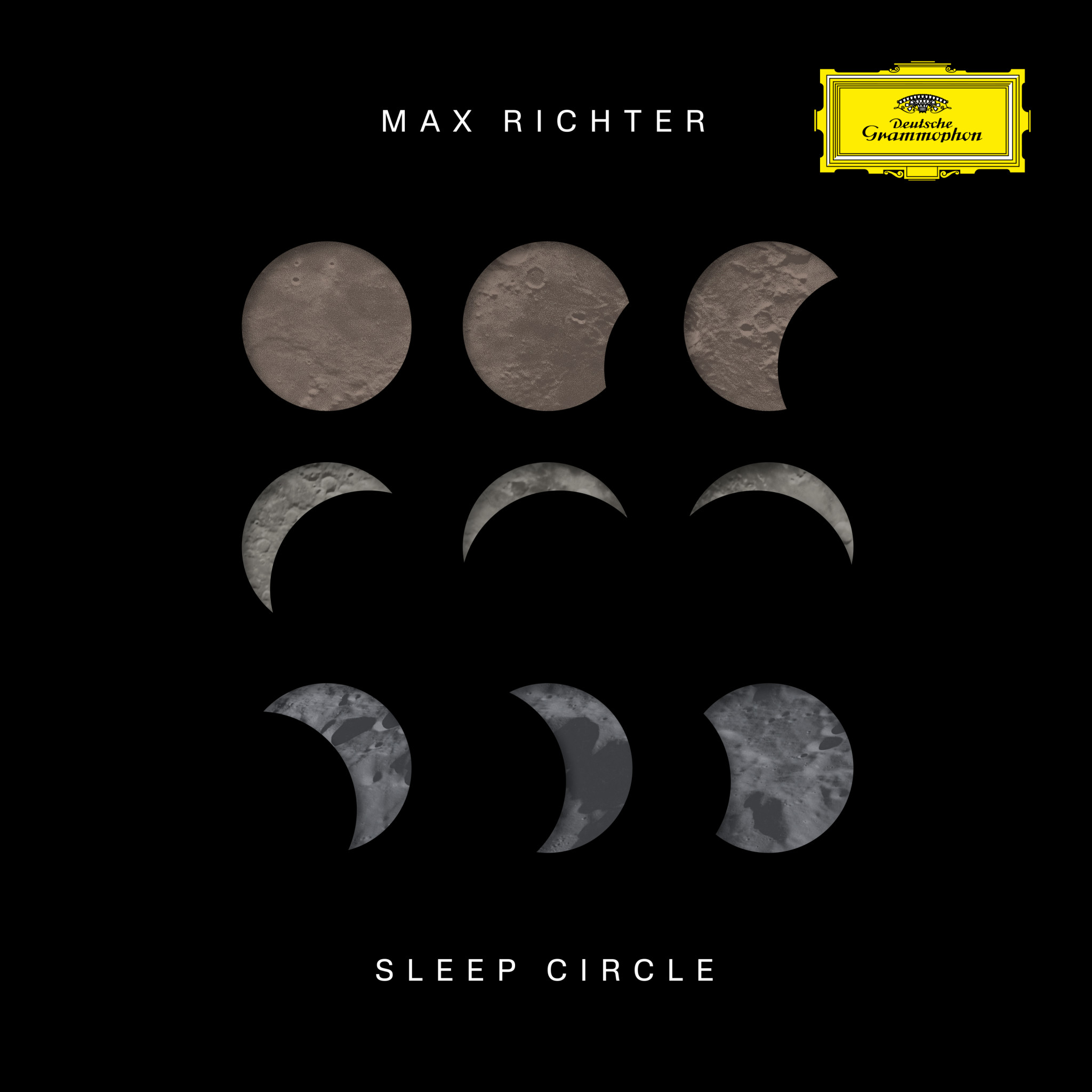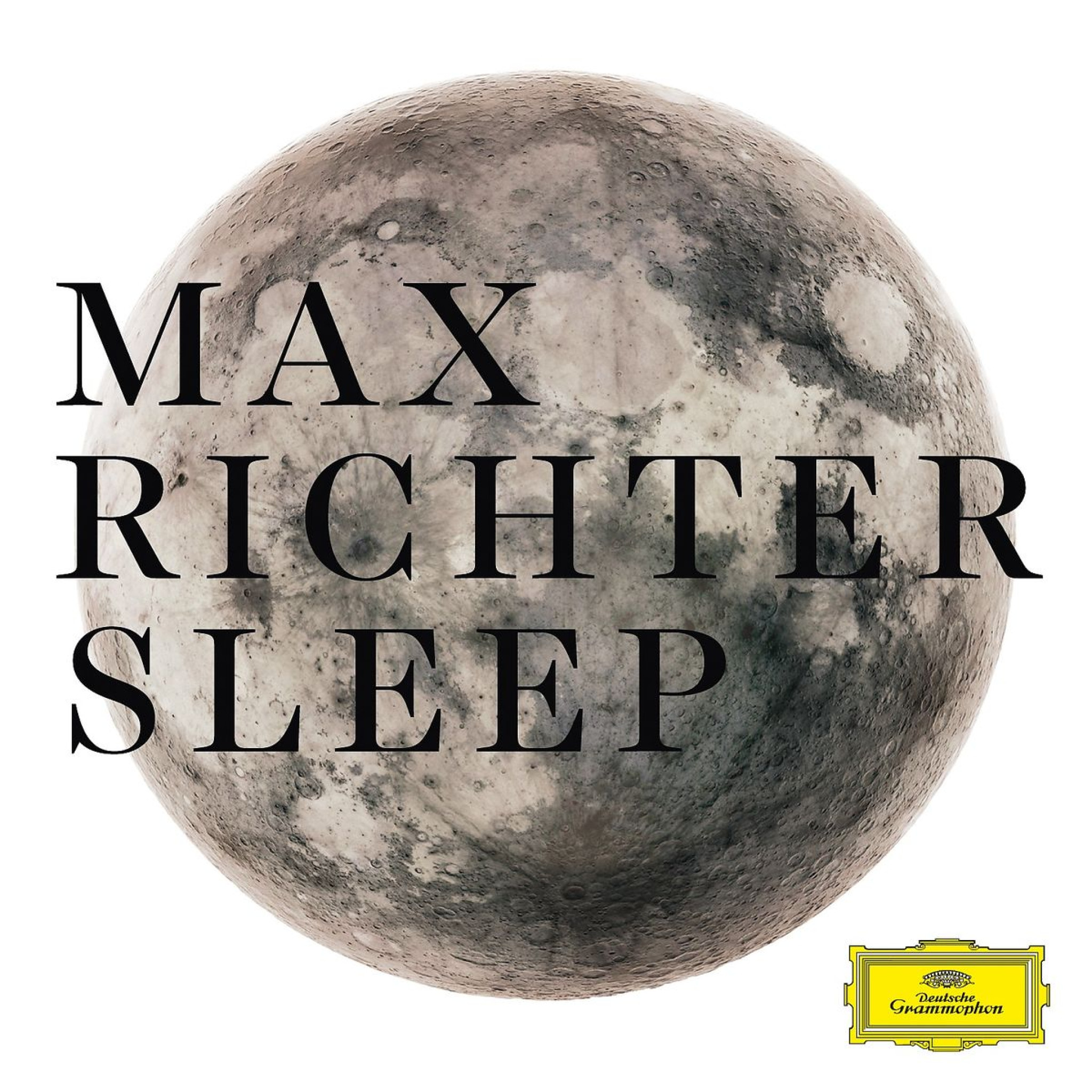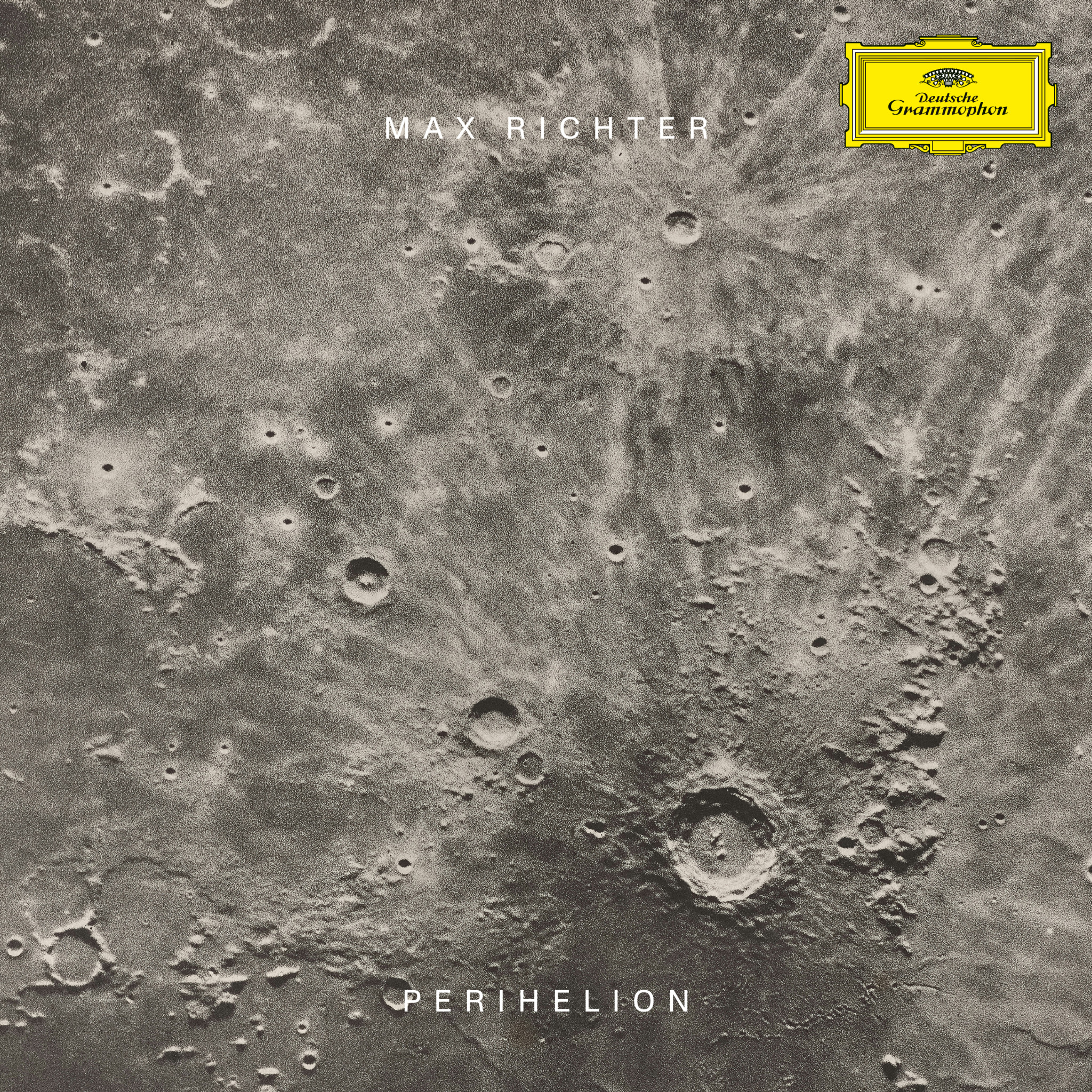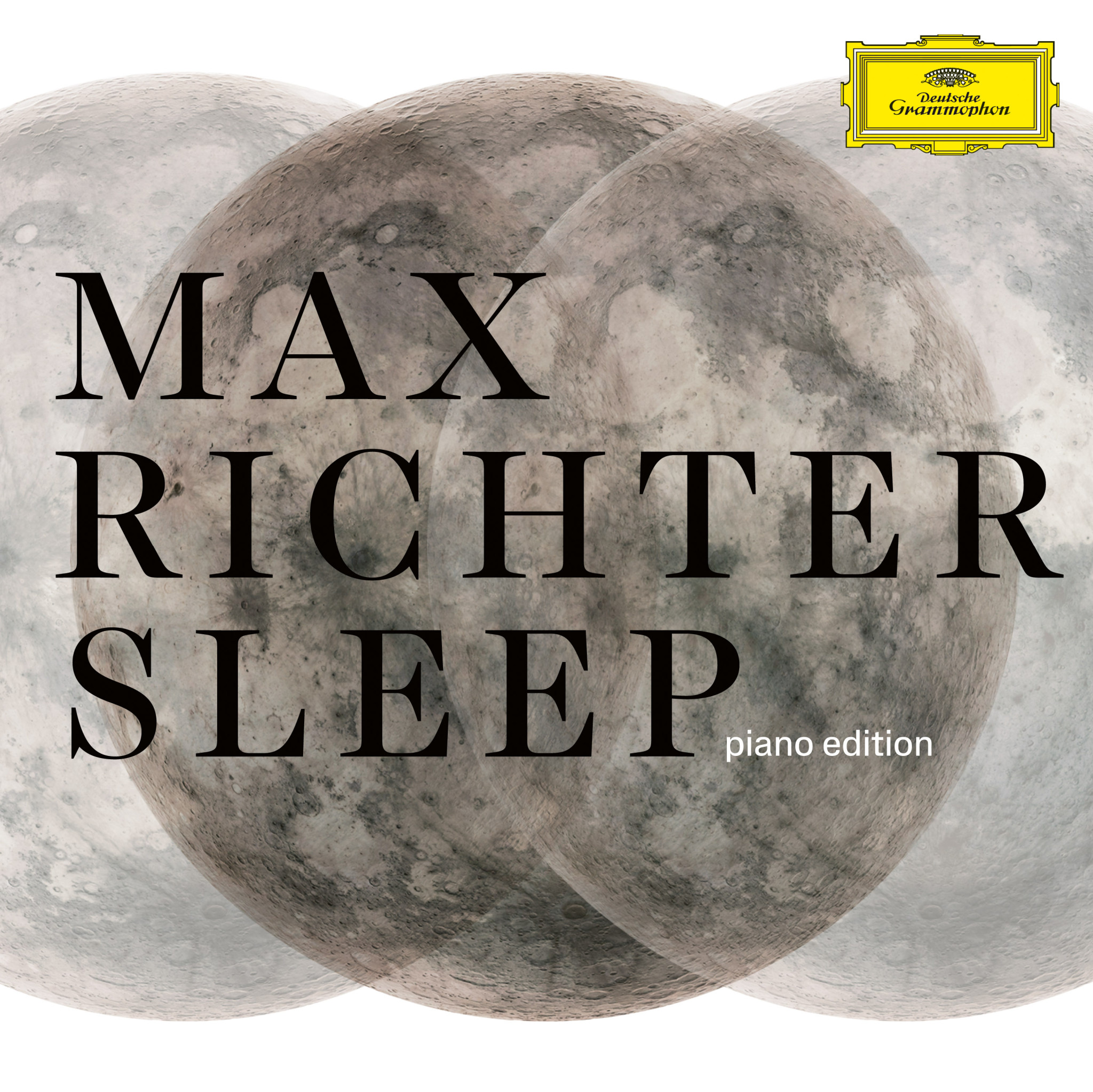As modern humans, we all know how important sleep is—if only because many of us don’t get enough of it. We’ve long used music as an aid to help us enter the dream zone and many records in recent decades have been created purely for that purpose. But none have been quite like SLEEP, the groundbreaking album produced a decade ago by British-German composer Max Richter.
Made in consultation with famed neuroscientist David Eagleman, adjunct professor in the department of psychiatry and behavioral sciences at California’s Stanford University, the project aimed to determine the best sounds and structures that could help facilitate slow-wave sleep, the deepest stage of non-REM sleep. The resultant record—eight hours long and spanning 31 pieces that flow mellifluously into each other—is a meditative dreamscape weaved from electronic drones and synths, strings, piano and a soprano; it’s also an overt rebuke to the hectic pace of our modern age.
“It’s a piece that is meant to be listened to at night,” explains Richter of the project. “I hope that people will fall asleep listening to it, because the project is also a personal exploration into how music interacts with consciousness – another fascination for me. We spend more time sleeping than we do anything else – in the average life it amounts to several decades. What a miraculous part of our lives, this state of suspended animation existing between being and non-being (and for me personally, where all my work is actually done). What happens to music here? Are there ways in which music and consciousness can interact other than in a wakeful state? Can music function as a truly shared creative space?”
Mainstream success is hardly new or unfamiliar for Richter, who has after all written music for world-famous operas, ballets and over 50 pieces of TV and film (including The Last of Us, Arrival, Black Mirror, Bridgerton…), clocked up more than three billion streams on Spotify and has given us beloved solo albums such as The Blue Notebooks, Memoryhouse and The New Four Seasons. But the success of SLEEP—a personal project created in the evenings when the paying work was done—was nonetheless astonishing for such a high-concept album.
Not only did it hit the top spot in 26 countries, it was praised from all quarters—“a monumental work” (SZ), “a majestic undertaking (Hollywood Glee), and “a calming reprieve with a sense of loss” (L.A Times)—and spawned a slew of spin-off projects, from live performances and remixes to a dedicated app and a documentary, that are still ongoing a decade later. Moreover, it provoked a discussion in the global media not only about sleep itself, but its connections to art and politics.
“The audacious composer Max Richter has created an eight-hour piece meant to serve as a sleep aid,” wrote Pitchfork. “But it is more than that. For these 31 uninterrupted pieces, Richter accepts the extraordinary challenge of not only aiding sleep but also translating the act into art. If you listen while you’re awake, many of these pieces conjure dreamy states, where ideas seem fluid and flexible and the world around you seems somehow softer.”
Right on the heels of the album’s digital release came a one-hour adaptation entitled from Sleep, which featured seven additional tracks, not present on the original release but recorded during the same sessions—it topped the global iTunes Classical charts and became the best-selling classical album around the world in 2015. A year later, a remix album appeared, featuring reworkings of several SLEEP songs by Scottish post-rockers Mogwai, electronic auteur Clark as well as Digitonals Theo, Jürgen Müller and Marconi Union. A version called SLEEP Faded appeared in 2019, whereby each track fades into silence for those who don’t want to listen continuously.
Then there were the overnight concerts, which began in Berlin, in 2016. For these, Richter invites audiences to spend the night in beds while he plays the album live to them, complete with a string quintet and a soprano vocalist. These unique events garnered so much attention that a 2020 documentary by Natalie Johns followed Richter and his creative partner, artist and BAFTA winning filmmaker Yulia Mahr, as they presented an open-air show in Los Angeles.
Also in 2020, Deutsche Grammophon and Richter collaborated on an app that allows users to create their own personalised musical sessions from the original album to either Meditate, Focus or Sleep, in sync to planetary animations programmed according to the album’s musical themes. And ten years on, the SLEEP phenomenon—for it is certainly much more than an album release at this stage—is still going.
Looking ahead to the work’s tenth anniversary, Richter will release Sleep Circle - a newly recorded 90-minute distillation of SLEEP - on 5 September 2025. Shaped around a single REM-length arc, the album foregrounds movements such as Dream 11 / Moth-Like Stars and Non-Eternal in a more focused sequence.
“It’s like SLEEP distilled,” says Richter. “These pieces have such a strong poetic core that I wanted them to be heard in a more traditional form.” The first single, Dream 11 / Moth-Like Stars Pt.2, is out on 5 June, with pre-orders for Sleep Circle available now. Richter will mark the release with overnight performances of SLEEP at London’s Alexandra Palace on 5 and 6 September.
Words by Paul Sullivan





